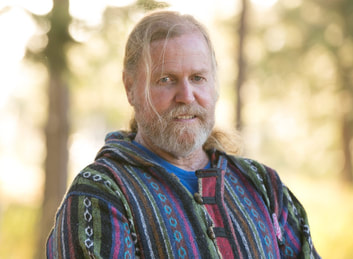
Over the past decade GWAS studies have helped deCODE identify thousands of sequence variants that are associated with a whole host of traits, including BMI, height, and conditions such as cardiovascular, neurodegenerative and inflammatory diseases.įor example, the deCODE team discovered a variant in the gene TREM2 (triggering receptor expressed on myeloid cells 2), that codes for a receptor on microglial cells, which are immune cells called histiocytes that are found in the brain. The studies then use these data to find associations between common SNP variants and diseases or other traits.

Genome wide association studies (GWAS) look for common variations in DNA’s letters, or single nucleotide polymorphisms (SNPs), across the genome. “You have to be humble and accept what the data give you.” “There is hardly anything more dangerous to a scientist than a great hypothesis,” said deCODE genetics founder, Kári Stefánsson. This means the researchers follow the data, rather than making a hypothesis that could narrow the focus to only certain areas of interest in the genome. Looking at the entire genome using Whole Genome Sequencing (WGS) allows researchers to search for changes in any part of the genome in a completely bias-free way. Long reads are helpful in determining structural variations, including parts of the genome that are deleted, inserted, repeated, duplicated or inverted. deCODE uses high-throughput sequencers (shown here) that produce both short and long read sequences. He added that a substantial portion of Amgen’s research and development pipeline is now supported by genetic insights from deCODE.ĭeCODE has been at the forefront of adopting new technologies, such as whole genome sequencing, and implementing them at scale.

“That’s one reason why it takes 10 to 15 years and costs $2.5 billion to advance a drug from the earliest stages to approval.” Amgen researchers reasoned that studying diseases in large populations rather than in preclinical models might increase the success of drug discovery and development, said Bradway. “The problem with mice is they aren’t terribly good at predicting what will happen in humans,” said Bob Bradway, Amgen’s CEO. The idea of studying the human genome to better understand the biochemical pathways involved in disease provided a much better model than the current standard of studying these pathways in mice. A new way to study human diversity and biologyĪs deCODE joined Amgen, large-scale genome sequencing was taking off.

Seeing the value of using population genomic research to understand diversity as it applies to disease was a big draw for Amgen, who acquired deCODE in 2012. Since its founding in 1996, deCODE genetics has contributed a tremendous amount to the research community’s understanding of human genetic variation. Since that time there has been an enormous amount researchers have learned from the information contained in the diversity of the 3 billion base pairs that make up our genome.īut before the human genome sequence was even complete, a small Icelandic company was busy trying to understand human diversity by taking a population-scale approach to studying the human genome. When the human genome was first fully sequenced, it was hailed as an overwhelming success.
Gene decode youtube trial#
Clinical Trial Diversity and RepresentationĬlinical Trial Transparency, Data Sharing and Disclosure PracticesĪdverse Event and Product Complaint ReportingĮnvironmental, Social & Governance Report 2022Įnvironment, Social and Governance StrategyĬommunity Investment and Amgen Foundation


 0 kommentar(er)
0 kommentar(er)
